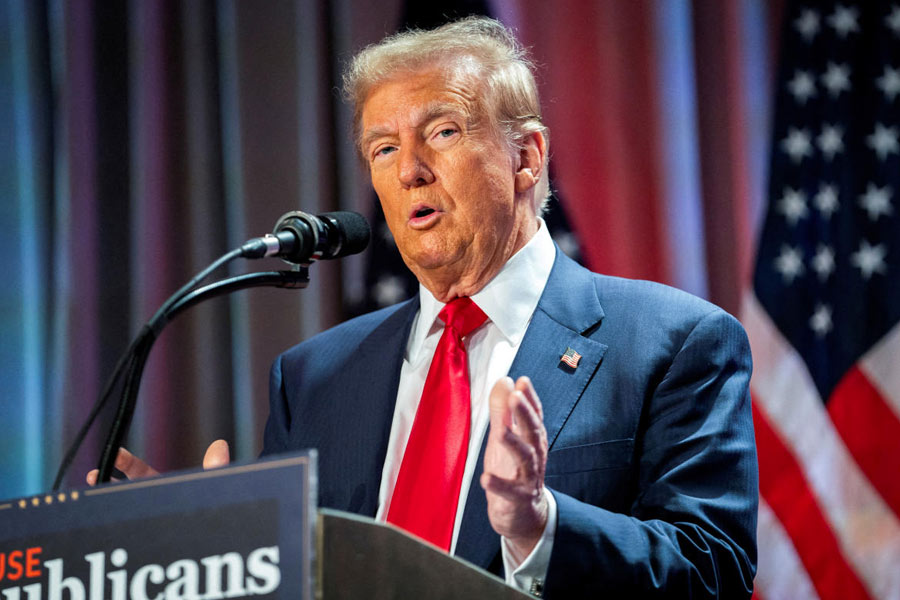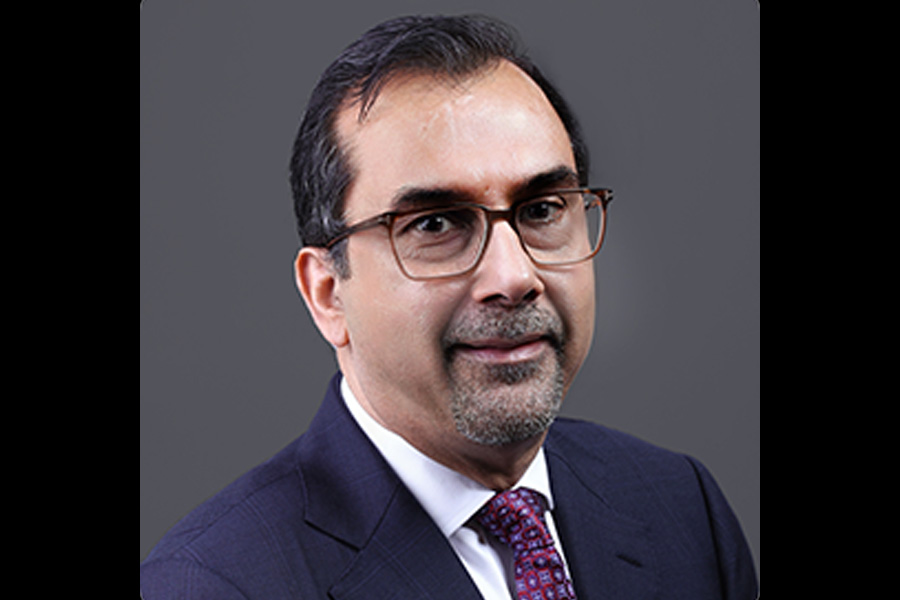Two of the federal government’s top health officials painted a grim picture of the months ahead on Tuesday, warning a Senate panel that the coronavirus pandemic was far from contained, just a day after President Trump declared that “we have met the moment and we have prevailed”.
The officials — Dr Anthony S. Fauci, the nation’s top infectious disease expert, and Dr Robert R. Redfield, the director of the Centers for Disease Control and Prevention — predicted dire consequences if the nation reopened its economy too soon, noting that the US still lacked critical testing capacity and the ability to trace the contacts of those infected.
“If we do not respond in an adequate way when the fall comes, given that it is without a doubt that there will be infections that will be in the community, then we run the risk of having a resurgence,” said Dr. Fauci, the longtime director of the National Institute of Allergy and Infectious Diseases, who is at the forefront of efforts to find a coronavirus vaccine.
If states reopen their economies too soon, he warned, “there is a real risk that you will trigger an outbreak that you may not be able to control,” which could result not only in “some suffering and death that could be avoided, but could even set you back on the road to trying to get economic recovery.”
Dr Fauci’s remarks, during a high-profile — and partly virtual — hearing before the Senate Committee on Health, Education, Labor and Pensions, along with those of Dr Redfield, made clear that the nation had not yet prevailed.
They appeared to rattle the markets, driving the S&P 500 down as investors weighed the potential of a second wave of infections against Trump’s promises that the economy would bounce back once stay-at-home restrictions were lifted.
Worrisome reports of spikes in infections in countries like China, South Korea and Germany, where lockdowns had been lifted, seemed to confirm the American officials’ fears.
Here in Washington, Dr Fauci and Dr Redfield, who have been barred by the White House from appearing before the Democratic-controlled House, drew a very different picture of the state of the pandemic than the President, who has cheered for a swift reopening, championed protesters demanding an end to the quarantine and predicted the beginning of a “transition to greatness”.
Dr Fauci told senators that coronavirus therapeutics and a vaccine would almost certainly not be ready in time for the new school year, that outbreaks in other parts of the world would surely reach the US and that humility in the face of an unpredictable killer meant erring on the side of caution, even with children, who have fared well but have recently shown new vulnerabilities.
Dr Redfield pleaded with senators to build up the nation’s public health infrastructure, even as he acknowledged that the CDC had not filled 30 jobs authorised by Congress last year to expand its capacity to track outbreaks, and had yet to put in place a “comprehensive surveillance” system to monitor outbreaks in nursing homes, which have been hard hit by the pandemic.
“We are not out of the woods yet,” he said, “but we are more prepared.”
The two were among four government doctors — the others were Dr Stephen Hahn, the commissioner of food and drugs, and Adm. Brett P. Giroir, an assistant secretary for health — who testified remotely during the hearing. Senator Lamar Alexander, Republican of Tennessee, who like Dr Fauci, Dr. Redfield and Dr Hahn is in quarantine after being exposed to the coronavirus, presided as the committee’s chairman from his home in Maryville, Tennessee.
The doctors’ downbeat assessments came as the death toll in the US surpassed 81,000 — a figure that Senator Tim Kaine, Democrat of Virginia, noted was “45 times the rate of South Korea”.
The hearing, titled “Covid-19: Safely Getting Back to Work and Back to School,” offered little concrete advice on how that would happen.
It was the first chance lawmakers have had to publicly question the officials in Congress since Trump declared a national emergency two months ago — and to do so without Trump standing nearby. New York Times News Service










